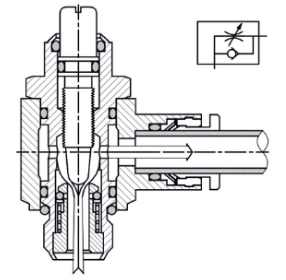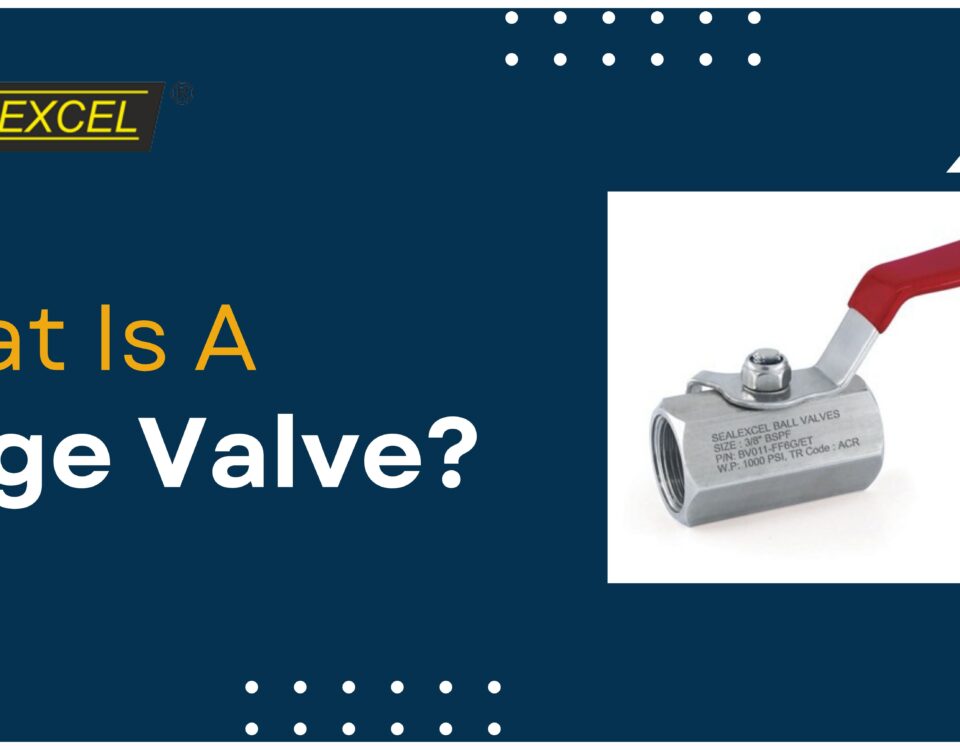Corrosion Resistant Alloys: Saviors for Marine Industry?
August 4, 2016Ball Valves and Its Role In The Food & Beverage Industry
August 27, 2016As one of the leading manufacturers of industrial tube fittings and instrumentation valves in India, 
The newest to grace the catalogue are bleed valves.
What Is A Bleeder Valve?
These are used to safely and securely ‘bleed’ pressure away, in a system. Pressure bleeding is usually carried out before maintenance, during calibration of various control devices, and when an instrument is removed. Bleeder valves are used for a number of applications such as:
- General plant servicing
- Pneumatic and hydraulic systems
- Venting
- Instrument isolation
- And in pressure measure devices
How Does A Bleeder Valve Work?
This industrial implement features one opening that is operated either manually or automatically. The purpose of the valve is to release built up air or gas (pressure) inside a tank. This valve is also used to remove excess pressure in a hydraulic or pneumatic system.
Proper Setting of Bleeder Valves Is Important For Effective Function
This means your relief valve won’t provide the desired results if the device isn’t set properly at time of installation. While loosening the jamb nut and turning the cap is sometimes enough to make an adjustment, there’re still other considerations that you need to keep in mind.
Set Tire Pressure Higher Than Desired Pressure
Since consistency is essential when setting bleeder valves, make the same adjustments each time. This will also increase relative accuracy and make changes and adjustment much more reliable. Remember, tire pressure should always be 3-4 pounds higher than wanted pressure. This will let you decipher the exact adjustment to make when loosening or tightening the cap.
Maintenance Is Essential For Getting Consistent Results
Regular maintenance is required for all hydraulic and pneumatic systems plus the various components that make up the system. You don’t have to go to extreme maintenance steps to clean the implement as a simple clean damp cloth is ideal as well. Avoid using commercial cleaners when cleaning the valve as this can damage the rubber seal.
Industrial specifications of each bleeder valve may be different as per its application. We highlight some 
- Operating Parameters: up to -54°C to 454°
- Orifice: 3.20mm or 0.125 inches.
- Pressure Rating: up to 10, 000 PSIG and 689 bars.
- Flow Co-efficiency: 0.25
- Available in a variety of configurations.
Relief valves are very important for your hydraulic system. They help increase or decrease required pressure by which your system is able to work with efficiency. Improve your manufacturing hydraulic and pneumatic processes by installing the highest quality bleeder valves today.


